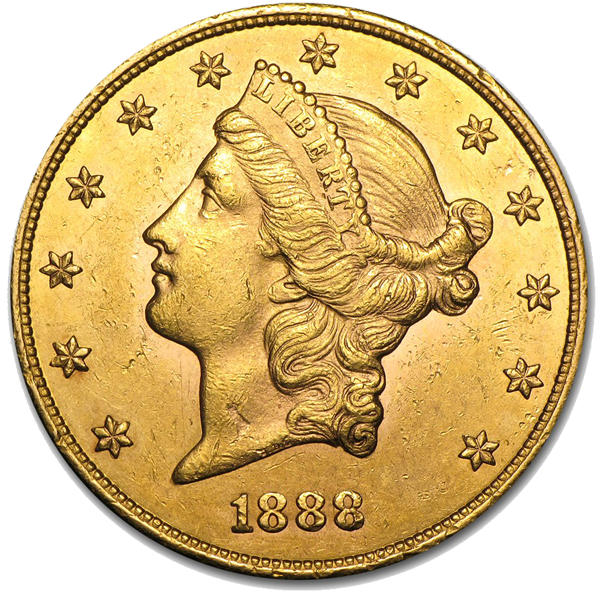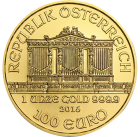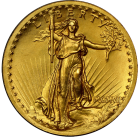We collect personal data regarding your activity on our site, including through the use of cookies. You can learn more about our data privacy practices by reviewing our Privacy Policy. By continuing to use our site, you agree to our Privacy Policy.
United States Mint - Liberty Gold Double Eagle
- The California Gold Rush of 1848 prompted Congress to authorize the mintage of the $20 Double Eagle Gold coin.
- The obverse features a classic Greek rendition of Lady Liberty, while the reverse depicts a fearless eagle with wings extended to their full span.
- The Double Eagle coin is not only rare, but it diversifies any investor's portfolio
| Denomination: | $1 |
| Composition: | 99.9% Gold |
| Weight: | 1.000 troy oz (31.103 grams) |
| Diameter: | 1.598 inches oz (40.60 mm) |
| Edge: | Redeed |
| Mint and Mint Mark: | West Point |
| Description |
Liberty Gold Double Eagle Coin DetailsThis historic coin design was introduced in 1850 and has become one of Americas most celebrated. The Double Eagle design resulted from the great influx of gold derived from the California gold mines. Congress passed the legislation to authorize the Double Eagle in 1849. Designed by engraver James Barton Longacre, the Double Eagle design became the nations largest circulating gold-minted coin. |
||||||||||||
|---|---|---|---|---|---|---|---|---|---|---|---|---|---|
| History | The Gold Double Eagle can claim the title of most popular U.S. Gold coin, solely based on the sheer volume struck over the years. More Gold was struck into Double Eagle Gold coins than all other denominations combined. In fact, of all U.S. Mint Gold coins struck for currency from 1795 to 1933, just under one-half were Gold Double Eagles, and 78 percent of the Gold used by the U.S. Mint during this time was used in $20 pieces. Regular production of Liberty Gold Eagle coins commenced with over 1 million struck in Philadelphia and 141,000 struck at the New Orleans Mint. |
||||||||||||
| Design | The obverse (front) design depicts a head of Liberty in the Greco-Roman style, facing left, with her hair pulled back in a bun. Some of her hair descends the back of her neck. She wears a coronet, inscribed "Liberty", and is surrounded by thirteen stars, representative of the original states, and the year of issue. The reverse (back) designfeatures a heraldic eagle, holding a double ribbon, on which "E Pluribus Unum" is inscribed. The design is a variant on the Great Seal of the United States; the eagle protects a shield, which represents the nation, and holds an olive branch and arrows. Above the bird, Longacre again placed thirteen stars, arranged as a halo, together with an arc of rays. |





